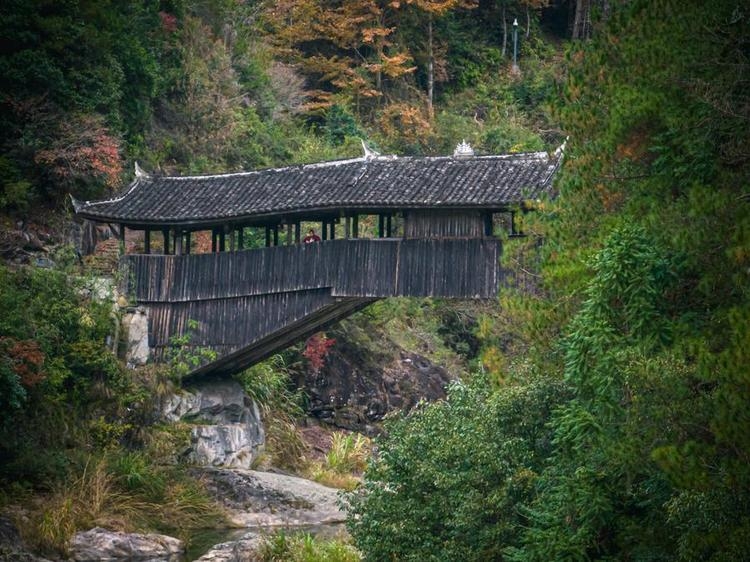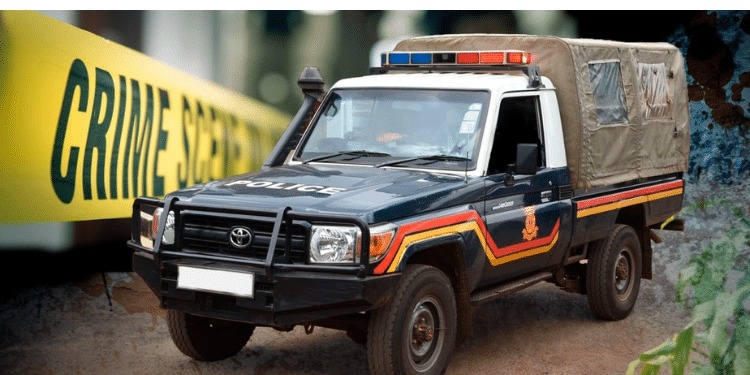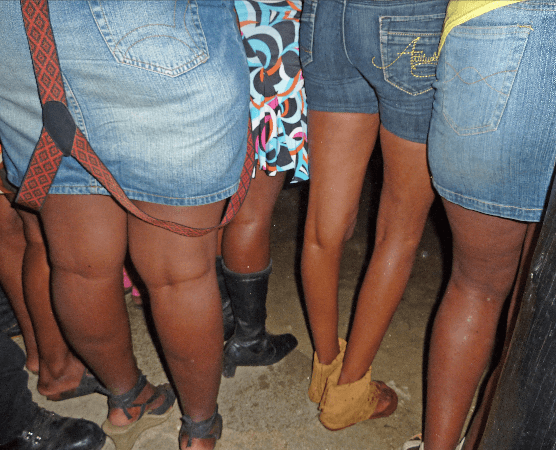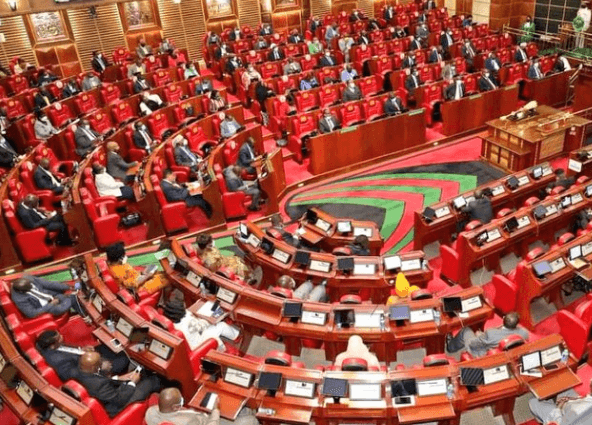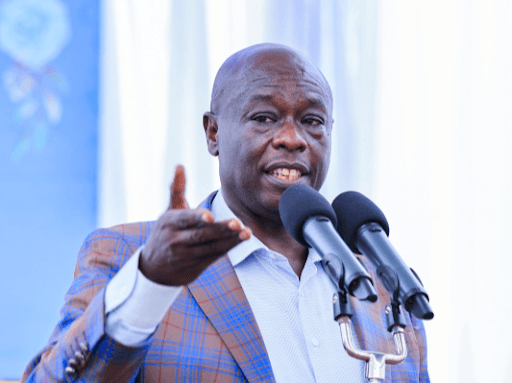In Kenya, a lion is one of the flagship species for conservation and tourism.
The big cat forms a vital component of Kenya’s natural ecosystems.
As such, lion presence in an area is considered an indicator of its wild and natural integrity.
They are at the top of the food chain and have no natural enemy except man.
Their numbers have however been declining at worrying trends.
Kenya’s national population of lions was estimated at 2,749 in 2002, 2,280 in 2004, 2,000 in 2008 and 2,480 in 2020.
On Tuesday, Tourism CS Najib Balala said the population, according to the just-concluded census, had hit 2,589.
The large population of the big cats in the country are found in the protected areas of Maasai Mara and the Tsavo ecosystem.
They are also found outside the protected areas of Laikipia and Kajiado.
The lion population in Africa has been on a steady decline in the last 100 years, with the population declining by 96.5 per cent.
The International Union for Conservation of Nature says the lion population in Africa in 1900 was about one million.
By the 1940s, however, the numbers had dropped to 500,000.
The African continent had 200,000 lions in 1975 but in 1990 there were just 100,000.
Today, there are about 20,000 lions with the number continuing to drop.
The big cats are faced with various threats such as habitat loss and fragmentation, wildlife trade, bushmeat poaching and human-lion conflict.
African lions are now classified by the International Union for Conservation of Nature as Vulnerable, with the West African subspecies critically endangered.
The illegal trade in the lion's body parts threatens the big cat.
The bones of these majestic predators are being ground into traditional medicine and wine, and their claws and teeth are fashioned into jewellery.
“The slaughter of these majestic creatures continues at an alarming rate, especially after the incident in November 2018 where 40 lions were killed in 48 hours by Vietnamese poachers,” Africa Wildlife Foundation has said.
AWF is the leading international conservation organisation focused solely on Africa.
The organisation has petitioned the government of Vietnam to strictly enforce wildlife laws and put an end to the lion bone trade, once and for all.
AWF said with tiger populations dwindling drastically, lions are now increasingly being targeted for their bones and parts as a replacement.
The organisation said the Uganda Wildlife Authority had discovered that poachers had poisoned and then dismembered six lions for their parts in a horrific incident in March.
"On top of that, just weeks ago, Vietnam seized three tons of lion bones— that's the equivalent of over 300 dead lions in a single shipment—in an anti-smuggling sting operation,” AWF said.
AWF now wants Vietnam’s ministry of foreign affairs and department of customs to enforce wildlife laws.
It further wants the illegal bone trade stopped and a crackdown on lion bone traffickers.
This AWF said, will save the African dwindling population.
AFW said they are counting on 50,000 wildlife advocates to speak up to protect lions from poachers.
It said Vietnam’s seizure of three tons of lion bones in one shipment in July 2021 is an encouraging sign of progress in the fight to shut down the illegal lion bone trade.
Lion expert Jirmo Tuqa told the Star that you cannot tell the difference between the bones of a captive lion and a poached one.
“Captive breeding should not be encouraged. We need to grow our population by securing habitat and prey base,” he said.
Tuqa said lions should be in real wilderness.
“Vietnam must be vigilant to ensure that wildlife laws are followed and organised wildlife criminals aren’t let off with light sentences so the killing can stop. We hope you will join us to protect this iconic species from extinction.”
World Animal Protection has also raised the alarm.
World Animal Protection wildlife campaigns manager Edith Kabesiime said the captive lion industry threatens the survival of lions and has a negative impact on tourism, public health and safety.
She said African countries have for many years been the go-to tourist destinations to experience safaris with lions in the wild being the key target.
"These scenarios may not be the case in the near future if nothing is done to end the captive lion breeding industry," she said.
In countries such as South Africa, lions are bred and raised in captivity for commercial purposes, including canned trophy hunting and cub petting.
“It is encouraging to see some African countries like South Africa making commitments to shift away from the practice of breeding and keeping lions in captivity, using captive lions or their derivatives commercially,” she said, adding that lions suffer at every stage of their life in breeding farms.
Intensive captive conditions increase the risk of zoonotic disease transmission.
Kabesiime said ending the trade in wild animals is not only good for the animals, but also for the people.
-Edited by SKanyara


